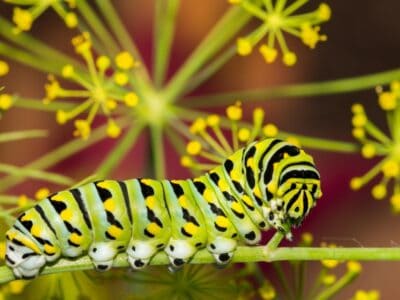Below you can find a complete list of Tasmanian animals. We currently track 118 animals in Australia (Tasmania) and are adding more every day!
The Australian continent is home to some of the most interesting and unique animals in the world, including marsupials and monotremes — animals that brood their young in pouches and egg-laying mammals.
Tasmania is an island state located just south of mainland Australia. Separated from Australia by the Bass Strait, Tasmania (commonly called “Tassie” by Australians) has become a final stronghold of some of the most bizarre animals in the world due to its geographic and genetic isolation. Keep reading to learn more about these fascinating creatures.
Australia (Tasmania) Wildlife Summary
Tasmania is a unique and almost mystical place. It has thick rainforests and forbidding mountains. Towering “ghost gum” trees and hug ferns dot the landscape. Its rainforests are populated by strange animals found nowhere else in the world. Some of its predators are rare or presumed extinct, yet wildlife adventurers keep driving and hiking hidden trails in hopes of catching a glimpse of them.
What types of animals will you see in Tasmania? If you’re quiet and patient, you might spy the elusive platypus, an animal so strange that scientists thought the first preserved specimens were a taxidermist’s joke. You may have a better chance to spot one in this state, as the Tasmanian platypus is larger than its mainland counterpart. And you’re sure to find an abundance of small kangaroos called pademelons and wallabies. You might even see, and hear, the famous Tasmanian devil.
What other animals live in Tasmania? Keep reading to find out. The platypus in Tasmania is a larger size than those found on the mainland.
©John Carnemolla/Shutterstock.com
The Official State Animal of Australia (Tasmania)
The Tasmanian devil is the state animal and emblem of Tasmania and endemic to Australia. Many may know the Tasmanian devil from the whirlwind cartoon character Taz. In real life, these animals are the largest surviving carnivorous marsupials in the world and belong to the same family classification as quolls. At 4-13 kg (9-29 pounds) and 50-78 cm (20-31 inches) long they are about the size of a large housecat or small dog.
They are nocturnal and hunt for food such as carrion (dead animals and roadkill), birds, insects, and frogs at night. Tasmanian devils have a very powerful bite and are known to be able to open their jaws a wide 80 degrees to help consume their prey. They are mainly scavengers and many devils may gather at a carcass, where they loudly and fiercely snarl, screech, and growl at one another to compete for food. They are fairly solitary animals and their lifespan in the wild can reach 5-6 years.
Once widespread in mainland Australia, the Tassie devil became extinct about 400 years ago due to being hunted by the dingo and now can only be found in the scrublands and forests of Tasmania. Apart from the threat of dogs, foxes and cars, these animals are at risk from developing an infectious cancer called Devil Facial Tumour Disease (DFTD) that only affects their species. After being transmitted through biting, fighting or mating, it is contagious and fatal through starvation. Since it was first seen in 1996, 90% of the population in the wild has suffered from DFTD. Conservationists are working to protect these endangered animals, which are under Tasmania’s Threatened Species Protection Act.

The Tasmanian devil is the state animal of Tasmania and the world’s largest carnivorous marsupial.
©Dennis Jacobsen/Shutterstock.com
Where to Find the Top Wild Animals in Australia (Tasmania)
Around 42% of Tasmania is protected in the form of national parks and World Heritage Sites, which provide plenty of opportunities to take a look at the state’s animals in their native environments.
The Tasmanian Devil Unzoo on the Tasman Peninsula is a zoo unlike any other as it doesn’t have the traditional animal cage enclosure setup but instead allows visitors into natural habitats of the animals where they are not captive but free to roam. In addition to Tasmanian devils, you’ll have the chance to spot kangaroos, wallabies, pademelons, echidnas, bandicoots, wombats, possums, native fish called galaxias, freshwater lobsters (also known as yabbies), wild eels, and close to 100 species of birds.
Another place to check out Tasmanian devils is Devils @ Cradle, a Cradle Mountain sanctuary dedicated to the breeding and conservation of Tassie devils, eastern quolls and spotted tailed quolls.
While in this area, wildlife is abundant in Cradle Mountain Park, which offers an especially good opportunity to see wombats, as well as Tasmanian devils, quolls, platypus, echidna, kangaroos and black currawong.
At Freycinet National Park, famed for the beautiful Wineglass Bay, many animals can be found, such as southern right whales, seals, Bennetts wallabies, pademelons, echidnas, wombats, New Holland mice, sugar gliders, white-bellied sea-eagles, Australasian gannets, and possums including the brushtail, ringtail, eastern pygmy and little pygmy.
If you have the chance go to Antartica on an expedition cruise ship and stop at Macquarie Island, you’ll see a rich diversity of animals, including penguins (such as gentoos, rockhoppers, kings and royals), and albatrosses, petrels, prions, kelp gulls, great skuas, shearwaters, terns and endemic Macquarie Island cormorants. It’s the only island where all three fur seals (Antarctic, sub-Antarctic and New Zealand) live. Killer whales, southern right whales, sperm whales and longfin pilot whales can be seen in offshore waters.

Wombats can be seen in several areas of Tasmania, include Cradle Mountain Park.
©Sander Groffen/Shutterstock.com
Largest Animals in Australia (Tasmania)
The largest marsupial in Tasmania is the forester kangaroo, a subspecies of the eastern grey kangaroo widespread on the mainland. Fully grown males can weigh around 60 kg (132 pounds) and grow to stand 2 m (6.5 feet) tall. These kangaroos tend to live in family groups of three or more and may gather in groups of 10 or more, with their lifespan on average more than 10 years in the wild. Found in north eastern Tasmania and small areas in the Tasmanian Midlands, they feed on grasses and herbs.
While the forester kangaroo is the state’s biggest herbivorous marsupial, the Tasmanian devil is the biggest carnivorous marsupial not only in Tassie but the world. It can weigh up to 4-13 kg (9-29 pounds) and reach 50-78 cm (20-31 inches) long when mature.
The wombat is the largest burrowing mammal and can be found primarily in Australia in eastern New South Wales, eastern Victoria, and in southern Tasmania, the Tasman Peninsula, and Cradle Mountain. The Tasmanian wombat is smaller and less bulky than its counterpart on the mainland and on average reaches 85 cm (2.7 feet) in length and weighs 20 kg (44 pounds).
In the waters of Tasmania you’ll find humpback whales, which can grow to 15 m (52 feet) and weigh up to 40 tonnes (45 tons). These whales migrate northward to the mainland for mating between May and July, then travel south between September and November. The best opportunity to sight one of these giants of the sea is from Frederick Henry Bay and Great Oyster Bay, or on a whale-watching cruise. Humpback whales can be spotted in the waters of Tasmania during their migration to the mainland. ©Claude Huot/Shutterstock.com
The Most Dangerous Animals in Australia (Tasmania) Today
Australia has a reputation for deadly, poisonous animals, and it’s a deserved one. The tiger snake is one of the most feared snakes in the country and the subspecies Tasmanian tiger snake is by far the most dangerous animal in Tasmania.
It is large, growing to 1-2 m (3-7 feet) long, and known to have an aggressive nature especially if threatened. This snake has a very powerful venom containing high quantities of presynaptic neurotoxins, procoagulants, and myotoxins, which combined causes muscle weakness, paralysis, and respiratory failure, as well as prevents blood from clotting and can lead to necrosis and muscle damage. Doctors need to administer a double dose of anti-venom to patients, and one bite may be fatal if not treated within a couple of hours. Tasmanian tiger snakes can use this venom against each other, injecting another snake with venom and constricting to kill and cannibalize one of its own species.
Another venomous snake species in Tasmania is the lowland copperhead snake, categorized as “dangerously venomous,” with one bite capable of killing an adult human if not treated. They have relatively short fangs that typically are not able to pierce protective footwear.
The Jack Jumper ant is also dangerous, with its venom being one of the most powerful in the insect world. Its sting can produce a deadly allergic reaction and cause people to experience anaphylactic shock. In fact, the Jack Jumper ant killed more people (4) than the tiger snake in one 20-year period between 1980 and 2000 in Tasmania. In 2003, the Royal Hobart Hospital initiated a desensitization program for the jack jumper allergy, which has been almost 100% effective.
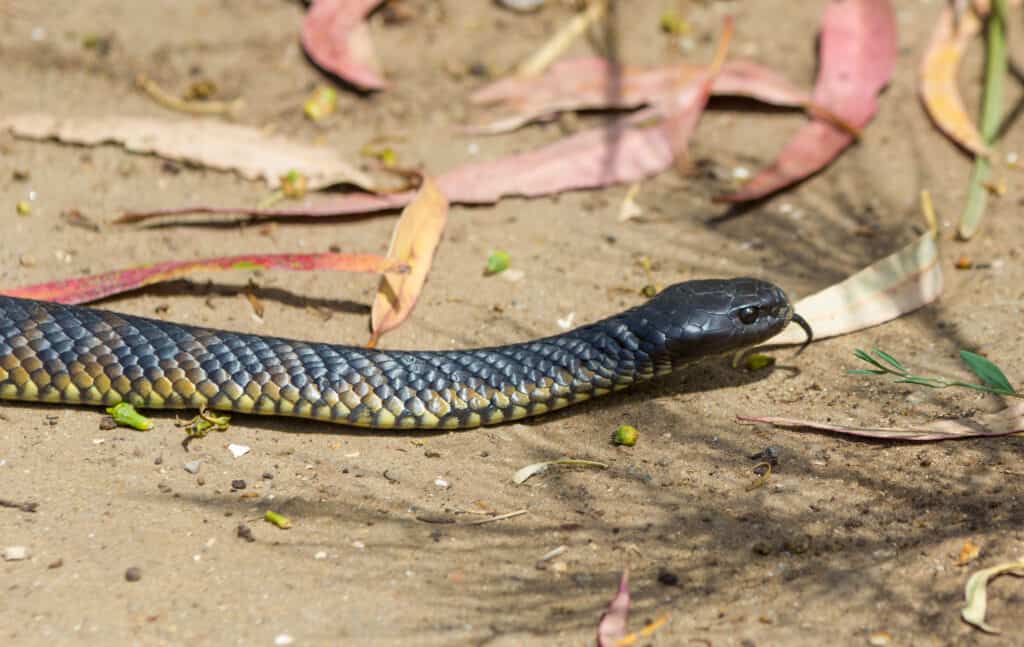
The Tasmanian tiger snake is aggressive and has extremely potent venom.
©Andrew Balcombe/Shutterstock.com
Endangered Animals in Australia (Tasmania)
There are more than 650 animal and plant species currently threatened in Tasmania and under the Threatened Species Protection Act of 1995. One of these is notably the Tasmanian devil, and other endangered species include:
- Eastern quoll: This quoll was once found widely across south-eastern Australia but is now considered extinct on the mainland. Climate change and competition with feral cats for food sources have led to a rapid decline in the population in Tasmania.
- Grey goshawk: It’s believed there are fewer than 110 breeding pairs of this large raptor in Tasmania, which can be found in mature wet forest areas, open woodland and on urban fringes.
- Swift parrot: This critically endangered, very fast bird spends returns from the mainland to Tasmania each summer to breed and can be spotted in bushland around the capital city of Hobart.
- Masked owl: The largest of Tasmania’s nocturnal birds depends on old-growth hollow-bearing trees and habitat loss as well secondary poisoning from rodent bait in urban areas has led to the population consisting of only 500 breeding pairs surviving in the state.
- Eastern barred bandicoot: One of the country’s most endangered species, it is extinct in the wild on the mainland and at threat in its Tasmanian habitats from cats and dogs.
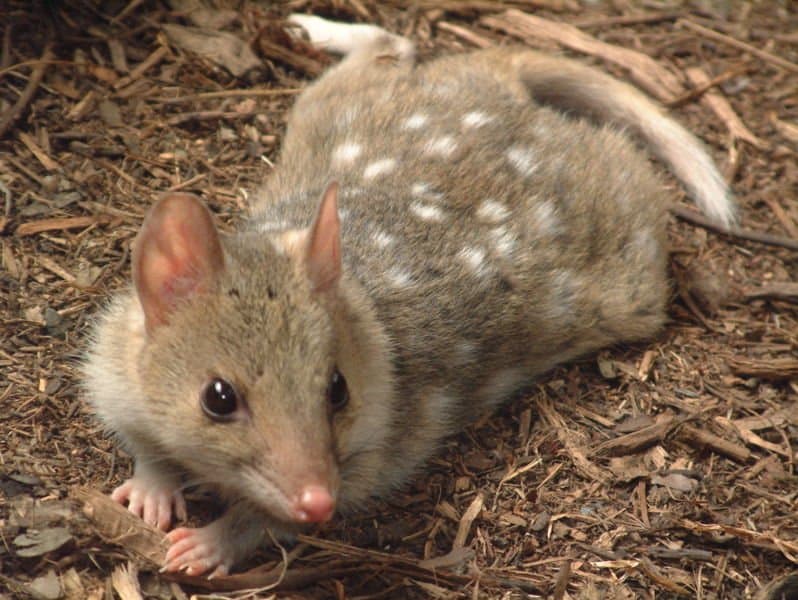
The endangered eastern quoll is extinct everywhere in Australia except for Tasmania.
Rare Animals in Australia (Tasmania)
Animals that are at even greater risk in their native habitats in Tasmania or are very rarely seen include:
- Orange bellied parrot: With only around 70 of this species left in one tiny population at a site near Melaleuca, these rare birds face a very high risk of extinction.
- Ammonite snail: A species that is endemic to Hobart’s surrounds, this land snail can be found in two populations within a range of 2 hectares of land. It is at risk due to urban development creating habitat loss and fires. It’s thought that there are only 200 ammonite snails remaining in the wild.
- Spotted handfish: It’s not surprising to learn this unique fish is critically endangered considering that the smooth handfish is classified as extinct. It has very unusual fins that have evolved to act like legs, meaning this fish can “walk” on the sea floor, and is found only in the Derwent River estuary.
- Cave cricket: Like the spotted handfish, this cricket (also called the Southern Sandstone Cave Cricket) is endemic to a small area south of Hobart. This species is so rare that there is very little information on it other than it is believed to be critically endangered.
- Burrowing crayfish: While there are 13 species of this endemic crayfish, two are classified as endangered. It can be a rare sighting if these creatures are seen in the wild as they live in muddy riverbanks, swamps, and marshes and only come out at night.
- Quoll: Likewise, it can be very tricky to spot a quoll in the wild as it is also nocturnal and very shy.
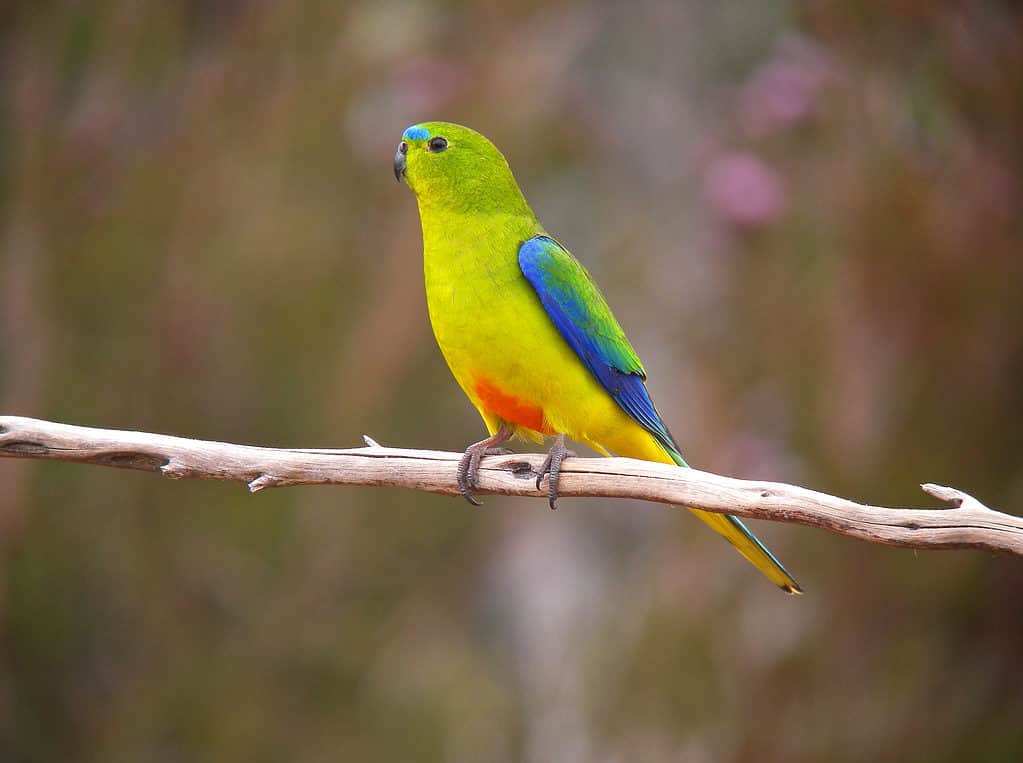
There are only around 70 of the yellow-bellied parrot in existence in Tasmania.
©Agami Photo Agency/Shutterstock.com
Extinct Animals in Australia (Tasmania)
Tasmania is home to a number of animals that are extinct on the Australian mainland, including the eastern quoll, eastern barred bandicoot, Tasmanian pademelon, and Tasmanian devil.
The state was also home to the thylacine, also called the Tasmanian tiger or Tasmanian wolf. This sand-colored marsupial was roughly the size and shape of a dog, with tiger-like stripes across its back. It’s believed there were around 5,000 thylacines in the country at the time of European settlement. Overhunting, habitat destruction, introduced animals such as the dingo, and foreign diseases including mange, all combined to quickly lead to the decline of the thylacine population. The last known specimen died in captivity in 1936. It is currently considered extinct. However, there continue to be unconfirmed sightings of the thylacine in Tasmania to this day.
Another species that was driven to extinction by the Europeans in the 1800s was the Tasmanian emu. It was thought to have been a smaller sub-species of the mainland emu and the Tasmanian indigenous population depicted this emu in their art and dance as well as using its feathers for insulation and decoration in their homes. The clearing of its habitat to create grazing land for sheep and introduction of domestic dogs resulted in extinction in the wild by 1865, with the last captive bird dying in 1873.
Other species in Tasmania that are extinct are the Lake Pedder earthworm and the smooth handfish.
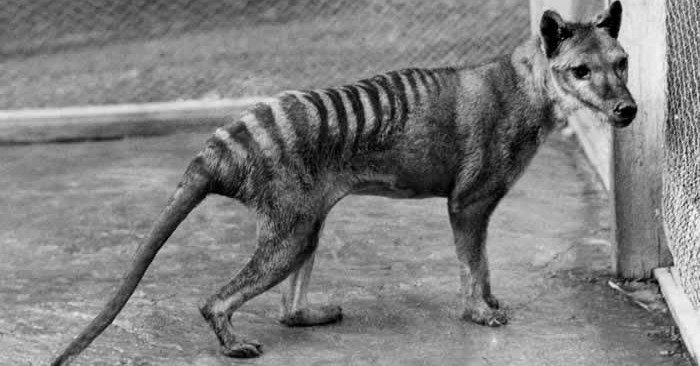
This thylacine, also known as Tasmanian Tiger, died the day after this photo was taken at Hobart Zoo in 1928.
©Benjamin A. Sheppard / public domain – License
Tasmanian Animals

Ant
First evolved 100 million years ago!

Banana Spider
People spin clothing and fishing nets out of these spiders’ silk.

Barn Owl
Found everywhere around the world!

Bat
Detects prey using echolocation!

Bed Bugs
Bed bugs feed for 4-12 minutes.

Bee
Rock paintings of bees date back 15,000 years

Beetle
There are more than 350,000 different species

Bird
Not all birds are able to fly!

Black Widow Spider
They typically prey on insects!

Butterfly
There are thought to be up 17,500 species!

Camel Cricket
The camel crickets that are found in the USA are light brown in color. They also have dark streaks all over their body.

Cat
May have been domesticated up to 10,000 years ago.

Caterpillar
The larvae of a moth or butterfly!

Catfish
There are nearly 3,000 different species!

Centipede
There are about 3,000 documented species!

Chicken
First domesticated more than 10,000 years ago!

Cockroach
Dated to be around 300 million years old!

Common House Spider
House spiders have the ability to eat most insects in a home.

Cormorant
They can fly 35 mph and dive 150 feet below water.

Cow
There are nearly 1.5 billion worldwide!

Crab
There are 93 different crab groups

Crab Spider
Crab Spiders can mimic ants or bird droppings

Crane
Many are critically endangered species!
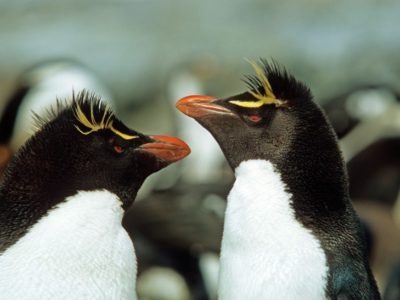
Crested Penguin
Has long yellow eyebrows!

Cricket
Male crickets can produce sounds by rubbing their wings together

Crocodile
Have changed little in 200 million years!

Dog
First domesticated in South-East Asia!

Donkey
First domesticated 5,000 years ago!

Dragonfly
It's larvae are carnivorous!

Duck
Rows of tiny plates line their teeth!

Dung Beetle
The dung beetle can push objects many times its own weight

Earthworm
They are hermaphrodites, which means they have male and female organs

Earwig
There are nearly 2,000 different species!

Eastern Barred Bandicoot
Digs funnel-shaped holes in search of insects

Eel
Eels can be a mere few inches long to 13 feet!

Firefly
The firefly produces some of the most efficient light in the world

Flea
Adult fleas can jump up to 7 inches in the air

Fly
There are more than 240,000 different species!

Frog
There are around 7,000 different species!

Fruit Fly
Fruit flies are among the most common research animals in the world

Gecko
There are thought to be over 2,000 species!

Glowworm
Found inhabiting dense woodland and caves!

Grasshopper
There are 11,000 known species!

Hamster
Able to run as quickly backwards as forwards!

Hawk Moth Caterpillar
Many hawk moth caterpillars eat toxins from plants, but don’t sequester them the way milkweed butterflies do. Most toxins are excreted.

Heron
Inhabits wetlands around the world!

Highland Cattle
Natively found in the Scottish Highlands!

Honey Bee
There are only 8 recognized species!

Horse
Has evolved over 50 million years!

Horsefly
Horseflies have been seen performing Immelmann turns, much like fighter jets.

Housefly
The fly has no teeth

Human
Thought to have orignated 200,000 years ago!

Huntsman Spider
Some huntsman spiders have an interesting way of moving around. Some cartwheel while others do handsprings or backflips.

Ibis
Found in swamps, marshes and wetlands!

Insects
There are an estimated 30 million species!

Jacana
The jacana has the ability to swim underwater

Ladybug
There are more than 5,000 species worldwide!
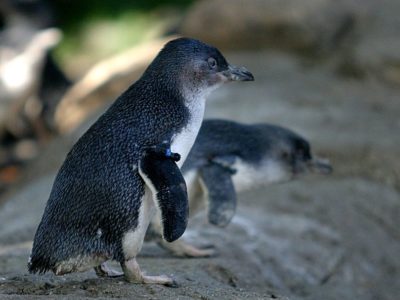
Little Penguin
The smallest species of penguin!

Lizard
There are around 5,000 different species!

Magpie
They are found across Europe, Asia and Africa!
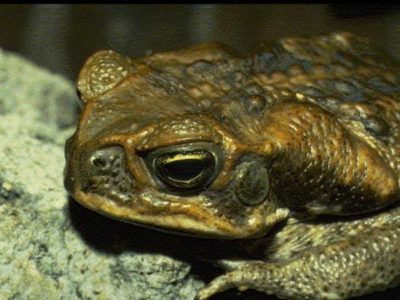
Marine Toad
Produces a toxin used in arrow darts!

Mayfly
There are 2,500 known species worldwide!

Mealybug
They have a symbiotic relationship with ants.

Millipede
Some species have a poisonous bite!

Mongrel
Has characteristics of two or more breeds!

Monitor Lizard
Some species are thought to carry a weak venom!

Moorhen
Feeds on aquatic insects and water-spiders!

Moth
There are 250,000 different species!

Mouse
Found on every continent on Earth!

Nematode
Nematodes range in size from 1/10 of an inch to 28 feet long

Orb Weaver
Females are about four times the size of males

Otter
There are 13 different species worldwide

Owl
The owl can rotate its head some 270 degrees
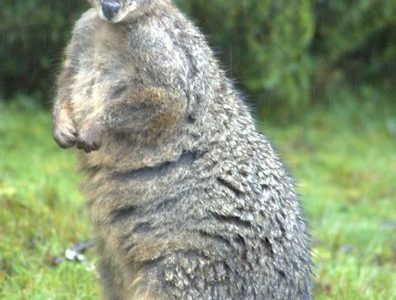
Pademelon
Inhabits the jungles of the far east!

Parrot
Can live for up to 100 years!

Pheasant
Females lay between 8 and 12 eggs per clutch!
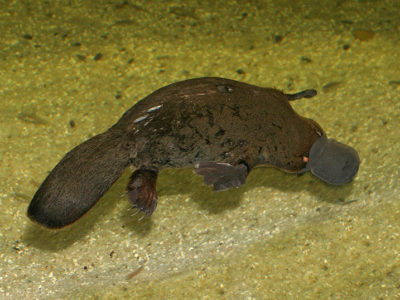
Platypus
One of the only mammals to lay eggs!

Possum
There are 69 species on the Australian continent!
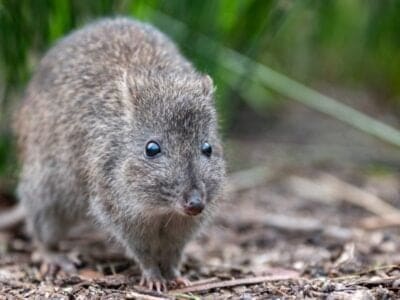
Potoroo
They can carry items with their tail.

Quail
Inhabits woodland and forest areas worldwide!

Rat
Omnivores that eat anything!
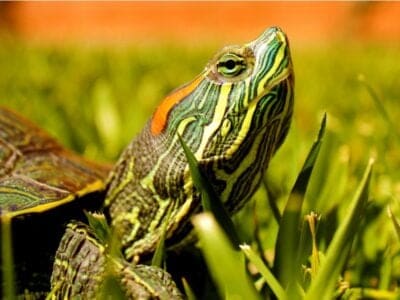
Red-Eared Slider
Sliders spend lots of time basking in the sun. As cold-blooded animals, they need the sun to heat up.
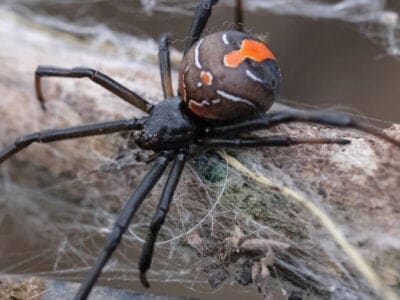
Redback Spider
The redback spiders found in New Caledonia differ from other populations in that they don’t practice sexual cannibalism and don’t bite people as much.

River Turtle
Inhabits freshwater habitats around the world!

Robin
There are more than 45 species in Australia alone!

Rodents
The capybara, the world’s largest rodent, likes to be in and around bodies of water. Because of this, the Catholic Church in South America decided that it was a fish, and people were allowed to eat it during Lent and First Fridays.

Rooster
Will mate with the entire flock!

Scorpion
There are around 2,000 known species!
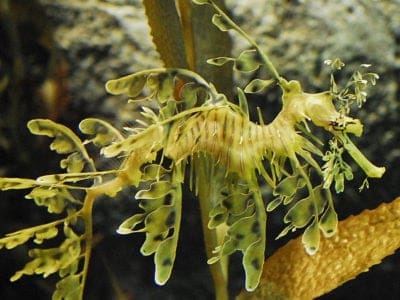
Sea Dragon
Inhabits tropical coastal waters of Australia!

Sea Eagle
The sea eagle tends to mate for life with a single partner

Seahorse
Males give birth to up to 1,000 offspring!

Sheep
Around 35 million in the English countryside!

Shrimp
There are 2,000 different species worldwide!

Smokybrown Cockroach
Has up to 45 eggs per egg case

Snail
There are nearly 1,000 different species!

Snake
There are around 4,000 known species worldwide

Sparrow
There are 140 different species!
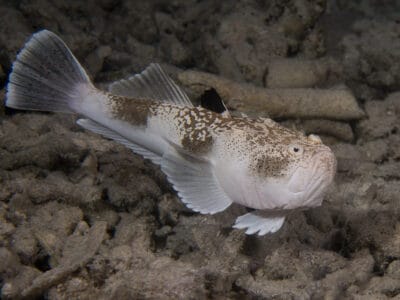
Stargazer Fish
Uses an electric shock to stun its prey!

Stick Insect
There are more than 3,000 different species!
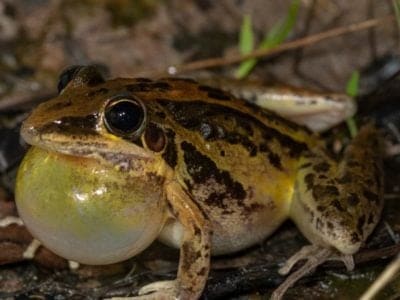
Striped Rocket Frog
Long powerful hind legs!

Swan
Populations have been affected by pollution!

Tarantula Hawk
Tarantula hawks are excellent pollinators, especially for milkweed.

Tasmanian Devil
Exclusively found on the island of Tasmania!
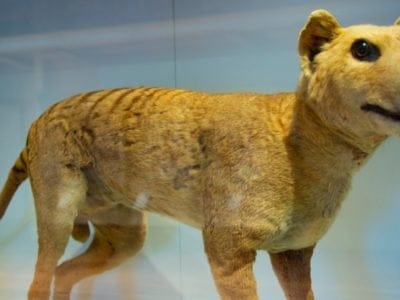
Tasmanian Tiger
The Tasmanian tiger could open its mouth almost 90 degrees.

Tasmanian Tiger Snake
The Tasmanian tiger snake gets its name from their banded skin, closely resembling a tiger's stripes.
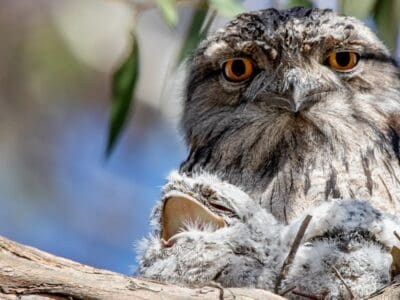
Tawny Frogmouth
The tawny frogmouth is a master of camouflage that can hide in plain sight!

Termite
Their mounds can be up to 9 meters tall!

Tiger Beetle
The adult tiger beetle is one of the fastest land insects in the world

Tortoise
Can live until they are more than 150 years old!

Turtles
Some species of aquatic turtles can get up to 70 percent of their oxygen through their butt.

Wasp
There are around 75,000 recognised species!

Water Buffalo
Has been domesticated for thousands of years!
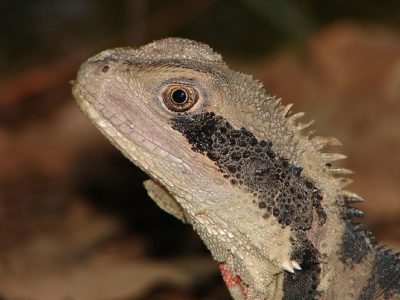
Water Dragon
Spends most of it's time in the trees!

Wolf Spider
Carnivorous arachnid that hunts its prey.

Woodlouse
This animal can roll up into a ball
Tasmanian Animals List
- Ant
- Banana Spider
- Barn Owl
- Bat
- Bed Bugs
- Bee
- Beetle
- Bird
- Black Widow Spider
- Butterfly
- Camel Cricket
- Cat
- Caterpillar
- Catfish
- Centipede
- Chicken
- Cockroach
- Common House Spider
- Cormorant
- Cow
- Crab
- Crab Spider
- Crane
- Crested Penguin
- Cricket
- Crocodile
- Cuckoo
- Dog
- Donkey
- Dragonfly
- Duck
- Dung Beetle
- Earthworm
- Earwig
- Eastern Barred Bandicoot
- Eel
- Firefly
- Flea
- Fly
- Frog
- Fruit Fly
- Gecko
- Glowworm
- Grasshopper
- Hamster
- Hawk Moth Caterpillar
- Heron
- Highland Cattle
- Honey Bee
- Horse
- Horsefly
- Housefly
- Human
- Huntsman Spider
- Ibis
- Insects
- Jacana
- Ladybug
- Little Penguin
- Lizard
- Magpie
- Marine Toad
- Mayfly
- Mealybug
- Millipede
- Mongrel
- Monitor Lizard
- Moorhen
- Moth
- Mouse
- Nematode
- Orb Weaver
- Otter
- Owl
- Pademelon
- Parrot
- Pheasant
- Platypus
- Possum
- Potoroo
- Quail
- Rat
- Red-Eared Slider
- Redback Spider
- River Turtle
- Robin
- Rodents
- Rooster
- Scorpion
- Sea Dragon
- Sea Eagle
- Seahorse
- Sheep
- Shrimp
- Smokybrown Cockroach
- Snail
- Snake
- Sparrow
- Stargazer Fish
- Stick Insect
- Striped Rocket Frog
- Swallowtail Butterfly
- Swallowtail Caterpillar
- Swan
- Tarantula Hawk
- Tasmanian Devil
- Tasmanian Tiger
- Tasmanian Tiger Snake
- Tawny Frogmouth
- Termite
- Tiger Beetle
- Tortoise
- Turtles
- Wasp
- Water Buffalo
- Water Dragon
- Wolf Spider
- Woodlouse
Animals in Australia (Tasmania) FAQs (Frequently Asked Questions)
What Animals Live in Tasmania?
Marsupial mammals are the most well-known wildlife in Tasmania. These animals give birth to small, pink babies which crawl into the mother’s fleshy pouch. There, they attach themselves to a teet and continue to grow.
Tasmania’s marsupials include the Tasmanian devil, wombat, platypus, bandicoots, quolls, wallabies, and pademelon (a small kangaroo). There are eleven species of frog, three of which are found only in Tasmania.
Tasmania’s bird population includes parrots, honeyeaters, warblers, robins, eagles, and the little or fairy penguin, the smallest member of the penguin family. The Tasmanian native hen is Australia’s smallest flightless land bird. The emu once called Tasmania home but was hunted to extinction.
Tasmania’s invertebrates are as unique and strange as its marsupials. There is a “mountain shrimp” that resembles Triassic fossils. The Tasmanian cave spider resembles those from Chile and is said to be the most primitive cave spider in the world. There is one species of scorpion in Tasmania. Interestingly, no one has ever been killed by a scorpion in Australia.
In the waters around Tasmania, you will find bottle-nosed dolphins, southern right whales, and humpback whales.
The European red fox is a feral animal in Tasmania. Feral animals are non-native species introduced by humans. Because it outcompetes and endangers native wildlife, efforts have been made to eradicate it from the island. Other feral animals include rabbits, cats, mice, and rats.
What Dangerous Animals Live in Tasmania?
Tasmania is home to a number of snakes classified as “dangerously venomous.” Among these are the lowland copperhead snake and the tiger snake. Because the tiger snake’s coloration can vary widely, you should assume any snake you see in Tasmania is dangerous and keep your distance. Interestingly, Tasmania had a four-decade track record of zero snakebite fatalities. This record was broken in 2020 when an elderly farmer succumbed to a tiger snake bite.
Another dangerous animal is the Jack Jumper ant. They have one of the most powerful venoms among insects, and about three percent of people may experience anaphylactic shock if stung. Four people died from Jack Jumper ant stings between 1980 and 2000.
What Is the Top Predator in Tasmania?
The thylacine was once Tasmania’s top predator. Today, the Tasmanian devil is the largest surviving marsupial carnivore. While they are opportunistic scavengers, Tassy devils can take down small kangaroos.
Are Quokkas in Tasmania?
The quokka, also known as the short-tailed scrub wallaby, is a small macropod marsupial about the size of a housecat. Quokkas have a small range in Western Australia and a few neighboring islands, including Rottnest Island and Bald Island. They do not live in Tasmania.





